
Key Takeaways
- Service your HVAC system to ensure it runs efficiently during the colder months.
- Use smart-thermostats for optimal home climate and lower heating bills.
- Protect pipes from freezing by insulating exposed pipes.
Winterizing your home helps tackle the unforgiving cold head-on! While you get your cozy blankets and warm sweaters out, a few preventive measures can do wonders to protect your home from the harsh winter.
With an easy winterize your home project, you’ll be able to minimize your heating bills and keep your home warm and cozy. It’s always best to start this a bit early. Rather than waiting for temperatures to plummet, get started on your weatherization project in the fall.
This guide will walk you through all the necessary steps on how to winterize your home so you can enjoy a cozy indoor environment all winter long.
- 1. Get Your Heating System Checked
- 2. Smart Home Devices Save You Effort
- 3. Winterize Your Pipes
- 4. Add Reflectors to Your Radiators
- 5. An Energy Audit Saves You Money
- 6. Flush Out the Water Heater
- 7. Don’t Forget Your Attic
- 8. Get Rid of Unvented Space Heaters
- 9. Use Chimney Balloons
- 10. Get Draft Guards
- 11. Weatherproof Your House
- 12. Use Weatherstripping
- 13. Check the Gutters
- 14. House the Hose
- 15. Run Fans Counterclockwise
- 16. Replace Screen Windows & Doors
- 17. Get Your Chimney Professionally Inspected
- 18. Inspect Roof Shingles
- 19. Test Your Detectors When Winterizing a House
- 20. Trim Your Trees & Plant a Windbreak
- 21. Prepare Patio and Deck
- 22. Have Snow Removal Tools
- The Takeaway
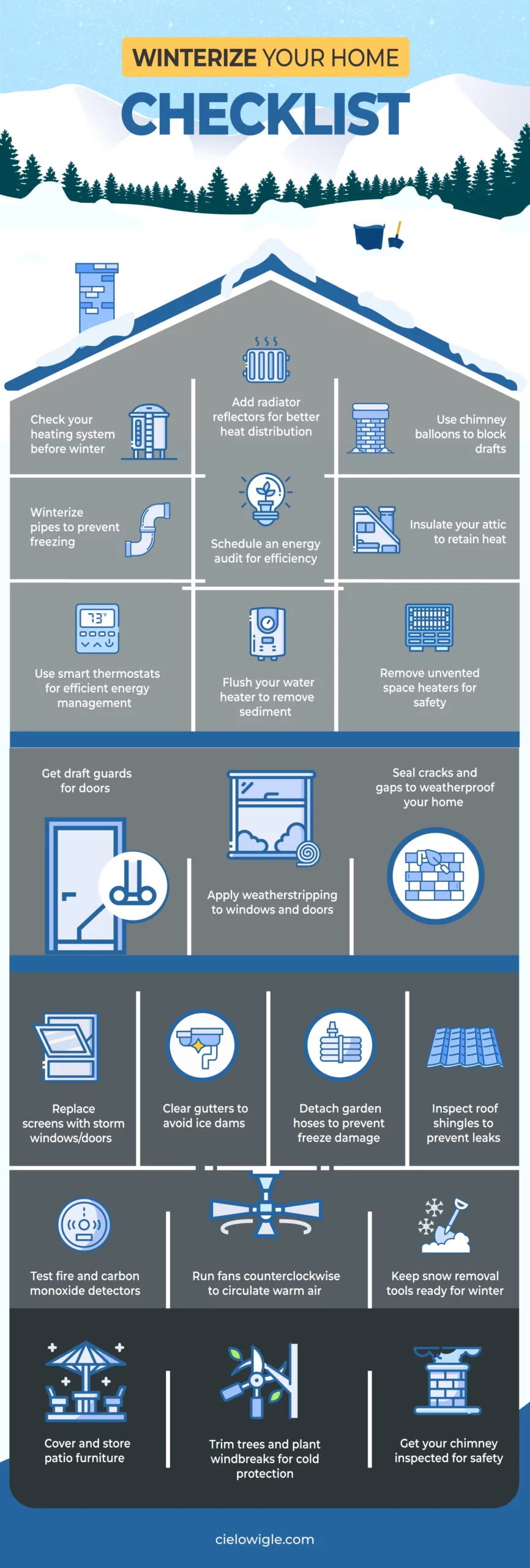
1. Get Your Heating System Checked
One of the main tips for winterizing your home is to get your heating system checked. Your heating unit will be the one appliance you will regularly use. Thus, it makes perfect sense to give it a detailed look before putting it to use.
Start by checking the air filters of your heating system when winterizing your house. If they have accumulated dirt or dust, take them out, wash them, and leave them out to dry. Once completely dry and clean, put them back in. A clean filter will improve air quality and reduce energy bills by as much as 15%.
If you want a more detailed check of your HVAC system, you need help from a licensed HVAC technician. Regular preventative maintenance will keep your system efficient all year round.
2. Smart Home Devices Save You Effort
Smart home devices are all the rage these days and are essential if you want to winterize your home. For example, you can use a smart water leak detector near your boiler or water heater to alert you in case of a leakage. You can also use a smart mattress heating pad to keep you warm and cozy all night.
Depending on the HVAC system you have installed in your home, you can invest in smart mini-split thermostats or smart thermostats for central HVAC. These devices can help you save on energy bills. With smart features like setting schedules and controlling home temperature from anywhere, you can maintain the perfect home environment.
Related: How to DIY a Smart Air Conditioner?
Your best choice to make any mini-split, window,
or portable AC smart. Enhance your comfort and savings.
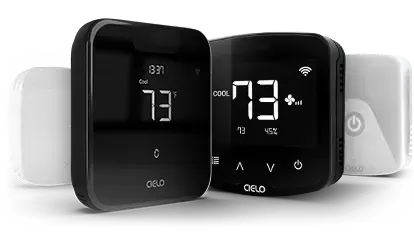
3. Winterize Your Pipes

Water expands when it freezes, and this can be hazardous for your pipes! If the temperature drops below 32F, your pipes can freeze and burst. Before the extreme cold sets in, always check for blockages and winterize your pipes. Pipes in areas such as the garage are very vulnerable to freezing during winter. A blocked pipe is more prone to cracking under extreme cold due to pressure build-up.
An essential step when winterizing your home is to insulate your pipes and carefully look for any cracks. Pipes outside your home, such as garden hoses or sprinklers, can be disconnected and turned off. Ductless heat pumps offer a great solution with the innovative Freeze Protection mode, which allows your heat pump to blow in hot air while consuming minimum power to prevent freezing temperatures in your home.
4. Add Reflectors to Your Radiators
Radiators are nearly always installed next to walls, making one side ineffective in transmitting heat to the room. Only the wall heats up on that side, reducing the radiator’s efficacy. To prevent this issue, install a radiator reflector on the wall behind the radiator.
As the name suggests, a radiator reflector will reflect the heat away from the wall and back toward the room, making it heat up much better than before. When coupled with reflectors, radiators can perform their best without any energy wastage.
5. An Energy Audit Saves You Money
Among all the tips on winterizing your home, knowing how to cut down your energy bills is the most crucial. So, as the winter season approaches, call your local power company to conduct an energy audit of your home. The professional will suggest changes to make your home more energy-efficient to lower energy bills and increase comfort.
Following energy-saving tips throughout the year will help you slash your energy bills by a significant amount.
6. Flush Out the Water Heater
Before winter sets in, be sure to flush your water heater or boiler system. Because water heaters remain non-operational during the summer, sediment and other particles can settle in the outlets, reducing their efficiency.
Flush the drain valve at least once before the winter season starts to get rid of sediment. It would be best to drain the flush valve at least once a month to remain on the safe side during winter.
7. Don’t Forget Your Attic

You must insulate your attic if you want to keep your home warm. Unfortunately, an attic is often neglected when discussing home insulation, but in most cases, it is the single most helpful addition you can make to winterize your home.
In winter, it is necessary to insulate your attic because hot air rises, and all the heat from your heating unit will move the uninsulated attic. Moreover, cold air sinks and insulation are required to prevent the conduction of cold air to the floors below. An uninsulated attic will also damage your roof and can cause ice dams.
8. Get Rid of Unvented Space Heaters
Gas space heaters are a great way to introduce a lot of heat into an indoor space, but they can be equally dangerous. They work by directly heating the room through combustion, filling the place with hazardous carbon monoxide gas. Without proper air circulation, CO2 can build up in the room and be potentially fatal.
It’s best to choose a different heating system instead of unvented space heaters. If there is absolutely no other option, opt for electric space heaters, which are much safer.
9. Use Chimney Balloons
Even if the rest of your home is well-sealed, having a chimney means a big hole in the room, providing a way for the cold wind to enter your heated living space. So, as much as you’d want to keep the chimney open for Santa, the most obvious solution to keep the chilled air out is to close off this space.
A chimney balloon inflates like any other balloon and acts as a barrier to prevent heat loss. In addition, it creates an airtight seal within the chimney. If your chimney does not have a damper, or if it’s broken or damaged, a chimney balloon is a must-buy.
10. Get Draft Guards

Small leaks and holes in the interior space can add up and result in drafts, introducing cold air into the room. According to the US Department of Energy, the total energy wastage from these air leaks can be around $200-$400 annually. Potential sources of drafts are door hinges, under-door spaces, broken window seals, power outlets, and other wall fittings.
Commercially available draft guards are flexible pieces of foam that slide under doors and windows, sealing them so that no air can come in from the outside.
11. Weatherproof Your House
Another item to add to the winterize your home checklist is weatherproofing. Weatherproofing is a combination of multiple easy and low-cost steps that insulate your home and keep it warm and cozy. These include giving your walls and deck a fresh coat of seal paint to prevent the moisture in ice and snow from soaking into the concrete surface and weakening it when it freezes.
You should also seal and insulate your windows to prevent cold drafts and caulk doors to keep cold out. Replace improperly fitted wall outlets and vents. Air ducts are one of the most significant sources of heat loss, with 20-30% of the air that moves through ducts being lost due to leaks, so ductwork insulation is also necessary.
All these steps add up and contribute significantly to keeping your home warm and comfortable.
12. Use Weatherstripping
Winterizing your home is not finished until you use Weatherstripping for the little nooks and crannies, which cannot be insulated otherwise. These places can be window sashes, attic hatches, door jambs, and immovable windows, which have degraded over time.
If you have wooden walls, random cracks and crevices can develop over the years. To insulate the window frame and lower sash perfectly, apply weatherstrip tape. Moreover, weatherstrip the door jambs and ensure that it fits tightly.
13. Check the Gutters
One important tip for winterizing your home is to clean your gutters thoroughly. Blocked drains can result in the accumulation of water. This puddle can serve as a breeding ground for mold and algae seeping into the interior walls.
Moreover, leaves and twigs can block off the gutters during fall. When winter arrives, along with snow and rain, the blocked gutters cannot carry the water away. The blocked water can freeze over and make potentially deadly ice dams.
14. House the Hose
In preparation for winter, detach your garden hose at the end of the summer season.
Ice takes up nearly 10% more space than the same amount of liquid water. When the water in the hose freezes during the winter season, the hose cannot stretch to accommodate it. This results in:
- Burst pipes
- Broken valves
- Broken joints
Even if you have a frost-free fixture, you should still remove the hose as winter begins. If you don’t, there is a chance your pipes will freeze and burst.
15. Run Fans Counterclockwise
Run your fans counterclockwise during winter, as this will redirect warm air trapped on the ceiling downwards.
Most fans have a switch that allows you to change the direction depending on the weather.
16. Replace Screen Windows & Doors
When winterizing your home, remove all screen windows and doors and replace them with storm windows and doors. Storm windows and doors add a layer of insulation and keep out winter elements that screen windows and doors would allow.
17. Get Your Chimney Professionally Inspected
An often-overlooked aspect of home weatherization is getting your chimney inspected by a professional. Poor chimney maintenance is strongly correlated with an increased fire risk. A professional will look for any obstructions or exposed walls that can cause a fire.
18. Inspect Roof Shingles
Wear well-fastened shoes with non-slip soles to check your roof for any missing or damaged shingles. If you don’t feel comfortable doing this yourself, hire a professional. Replace any damaged shingles, or you might find melted snow or rainwater seeping into your home.
19. Test Your Detectors When Winterizing a House
Check the operation of your fire alarm and carbon monoxide detectors. Make sure they are in perfect condition, and add new batteries. You can also consider upgrading to detectors that come with remote monitoring.
20. Trim Your Trees & Plant a Windbreak
When creating your winterize your home checklist, go outside and take a good look at the perimeters of your home. Check if any tree has big branches that have grown toward your home. These branches can be dangerous in heavy winds as they may fall on your roof. Moreover, heavy snow can also weigh them down, posing damage to your home, garage, or shed. Take preventative action by trimming the branches.
After that, consider planting a windbreak. Planting conifer trees around your house can prevent heavy winds from blowing against your home.
21. Prepare Patio and Deck
This is especially important for people who live in cold areas. That means you need to prepare your outdoor spaces for winter. Your patio, deck, and furniture are likely to be the first victims of the weather. To be on top of things, you can either invest in weatherproof furniture coverings or move the patio furniture to the garage or shed. If your deck is wooden, then to protect it from the harsher elements, you can apply a fresh coat of sealant.
Alternatively, if your patio furniture is made of materials that can survive in snow and remain outside without fear of damage, such as teak, then there is no need to move it to your garage.
22. Have Snow Removal Tools
Planning for snow is one thing, but when a heavy snowstorm blows in and covers everything in an unexplained foot of snow, that’s another. Ensure that you are adequately equipped to deal with such situations.
Gather all the labor and materials for snow removal, including salt and sand. The best time to purchase these tools is during the off-season when prices are low and discounts are available.
The Takeaway
Now that the winterize your home checklist is complete, be sure to follow all the necessary steps well before the cold wave sets in so that you are prepared to tackle the chilly weather. Seal your windows, clean your gutters, get your heating system checked, and enjoy a hassle-free winter!
You may also want to prepare your home for winter emergencies if you need to face blizzards, ice storms, or other harsh winter conditions. Weather disasters can result in power outages or keep you homebound for weeks! Therefore, stocking up on food and supplies, having a secondary power source, and keeping an emergency kit handy are necessary.
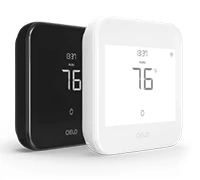

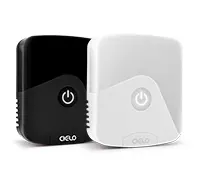
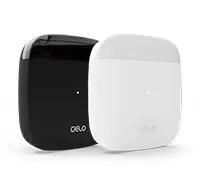

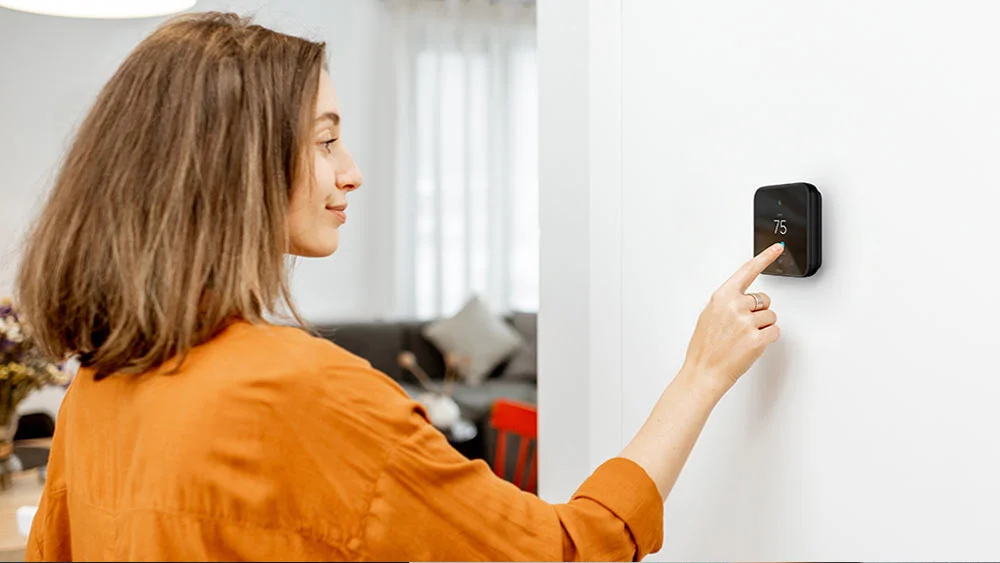
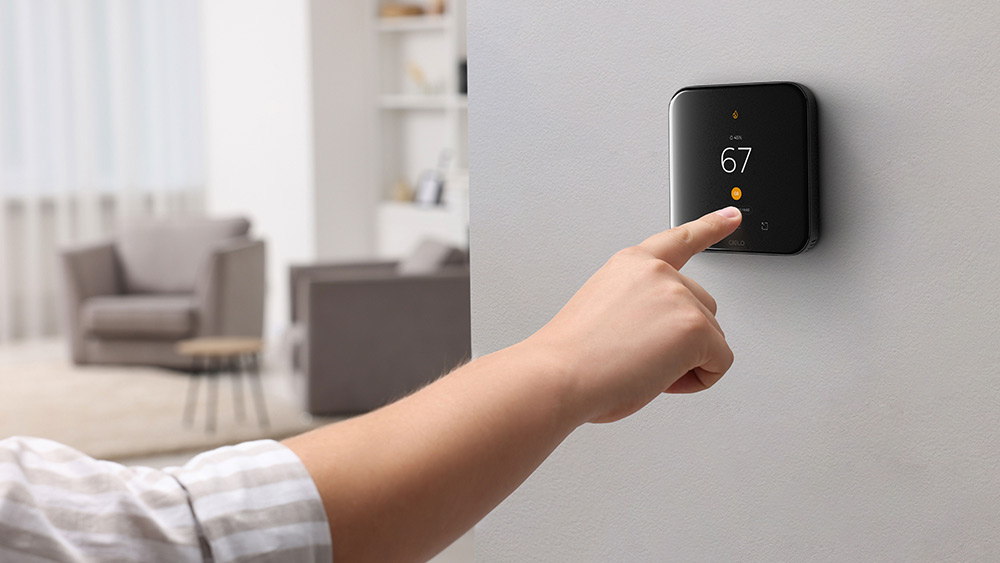
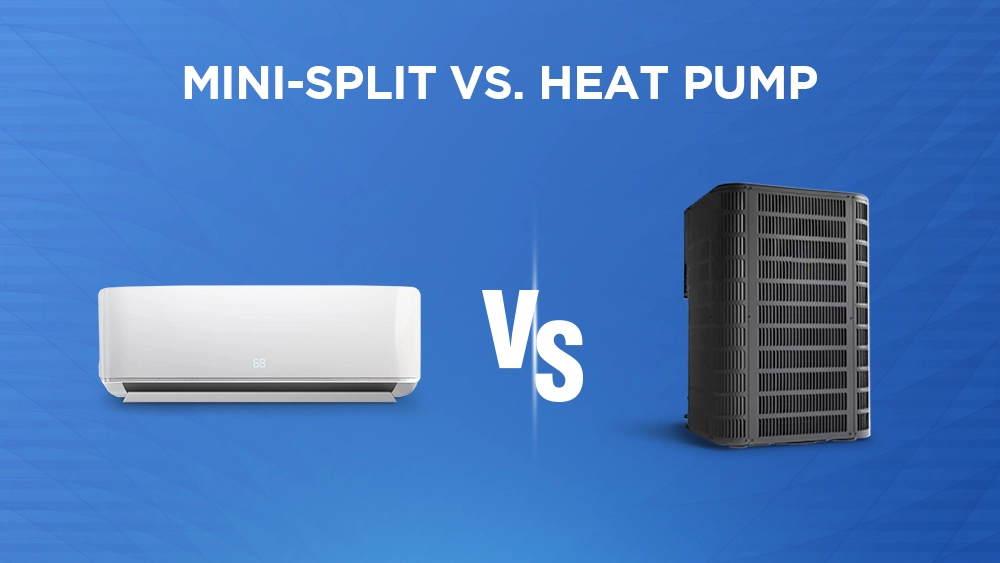

1 Comment. Leave new
Really appreciate you sharing this article post.